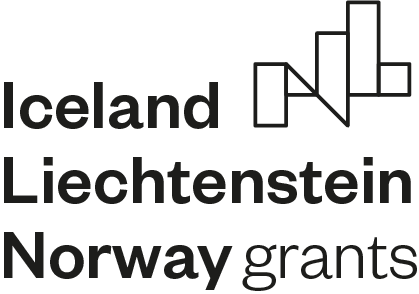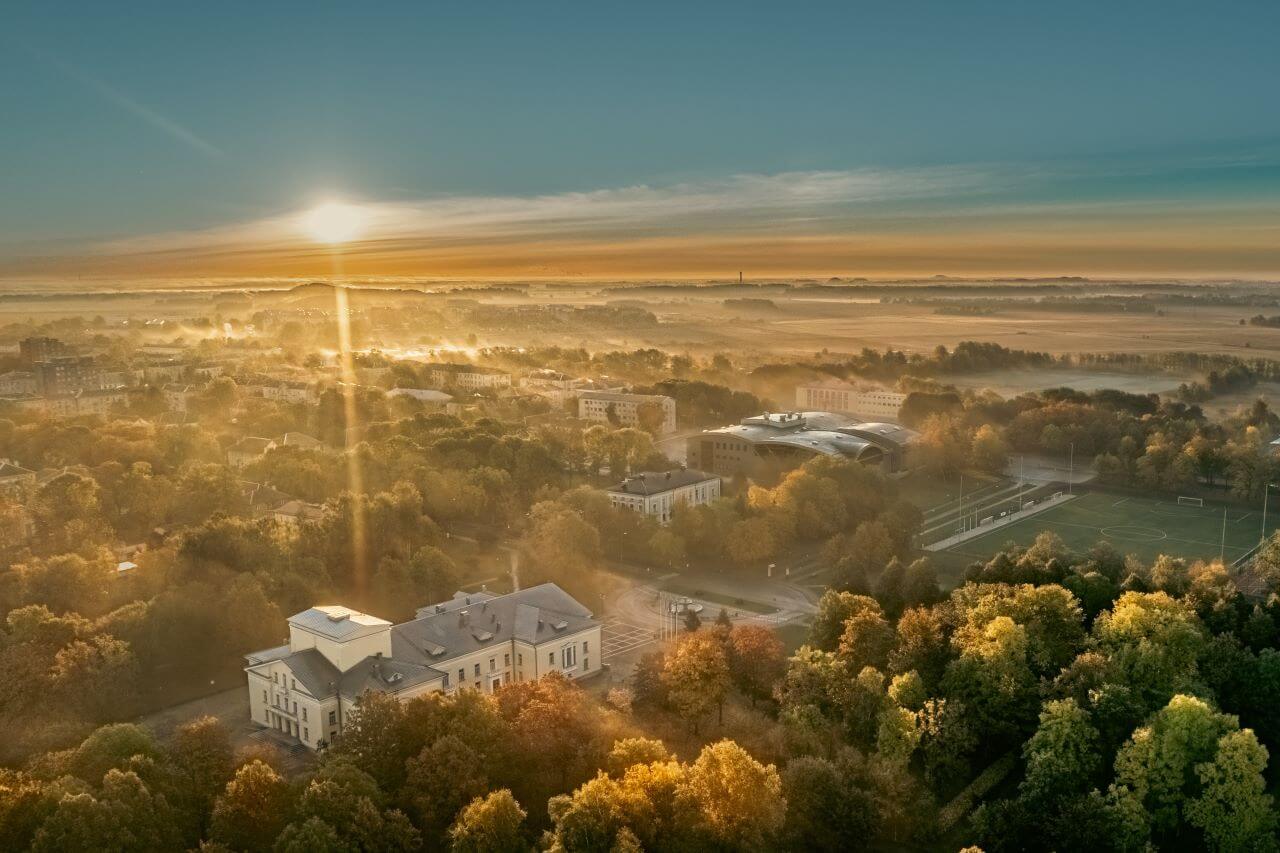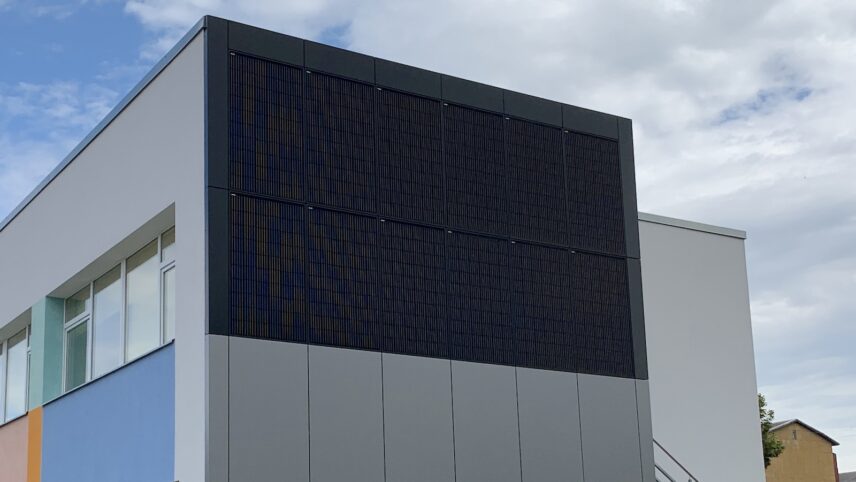
The first major goal of the project is to reduce greenhouse gas emissions, including those generated by the local government.
Many of the buildings in Kohtla-Järve have not been renovated and are not energy efficient, meaning their carbon footprint is still very large. While it's not possible to reconstruct everything at once, it is possible to make significant reductions in their greenhouse gas emissions through small actions.
The project involves a total of 9 kindergartens and the city government building. Thanks to the implemented climate change mitigation measures, a 150 kW solar panel park will be created in the city, which will significantly reduce electricity consumption and CO2 emissions. The productivity of such a park would be about 150 MWh, resulting in a CO2 emissions reduction of 163.5 tonnes per year, according to calculations (150*1.09=163.5 t CO2 eq/a). This means that thanks to the measures taken, greenhouse gas emissions into the atmosphere will be reduced by 163.5 tonnes per year. Over the project reporting period (5 years), this amounts to a total savings of 817.5 tonnes of CO2 emissions, which is a significant result of implementing small measures.
 The second objective of the project is the establishment of community gardens on land owned by the local government for environmental and climate education purposes.
The second objective of the project is the establishment of community gardens on land owned by the local government for environmental and climate education purposes.
As part of the project, mini-community gardens will be installed in the territories of 14 kindergartens in Kohtla-Järve city, so that children can try gardening from an early age and be closer to nature.
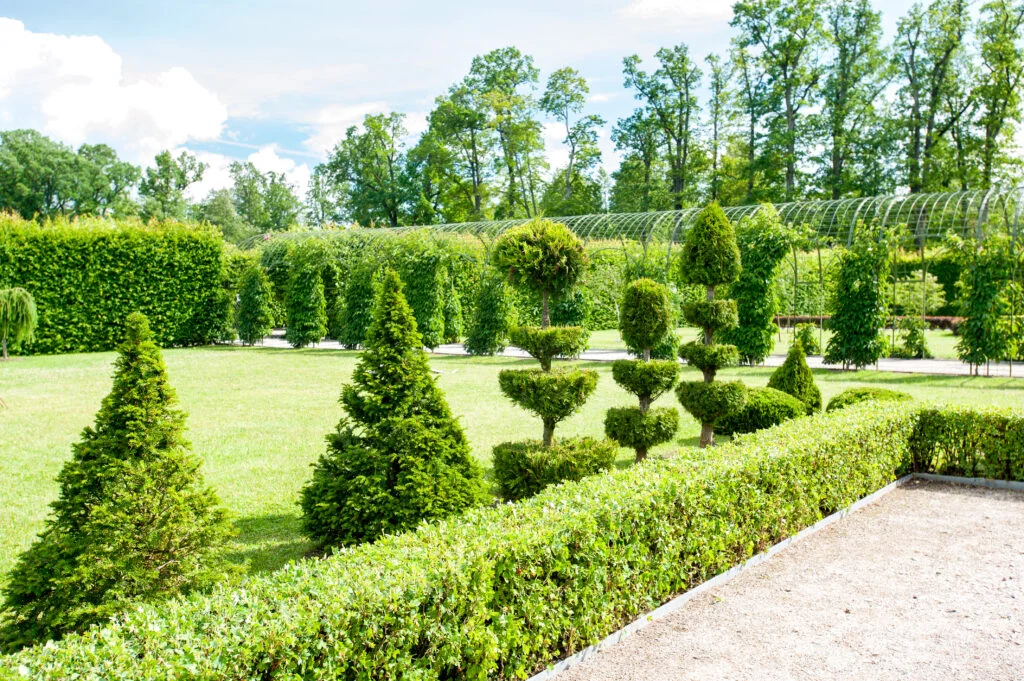 The third and very important objective is the green transformation of Kohtla-Järve.
The third and very important objective is the green transformation of Kohtla-Järve.
The aim is to plant hedgerows in the urban environment near or in place of the old school and kindergarten fences.
To enhance or create biodiversity in different areas of the city, and around schools and kindergartens, hedgerows will be planted with species that are not currently found in the city or those that change color and bloom in different seasons.
In addition, hedgerows could be planted with different species or varieties of the same species alternately along the different sides of a school or kindergarten, which increases biodiversity and natural diversity. As a result of the project activities, biodiversity in the urban environment will increase, nature-based solutions will be used more, people's well-being will improve, and air pollution will decrease.
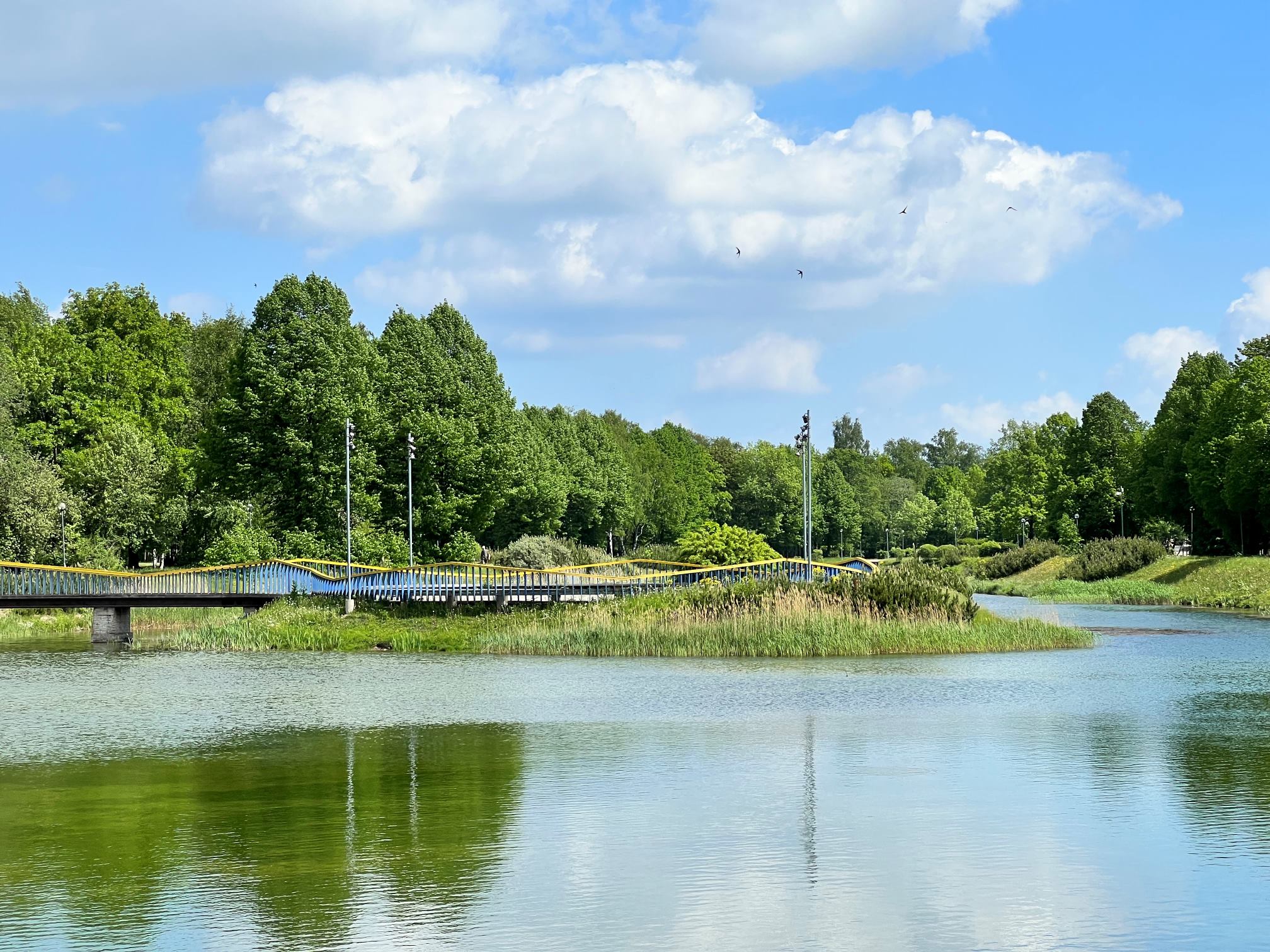
The fourth part of the project is to increase biodiversity in the neighborhoods of Kohtla-Järve.
The project plans to plant at least 300 trees in the urban space.
As part of the project, a landscaping project will be commissioned to make the area greener.
The landscaping project covers areas of the urban space where it would be more reasonable to add greenery.
Then at least 300 trees can be planted based on the landscaping project.
This activity will improve the air and urban landscape, improve people's quality of life and health, and reduce air pollution and CO2 emissions in Kohtla-Järve city.


